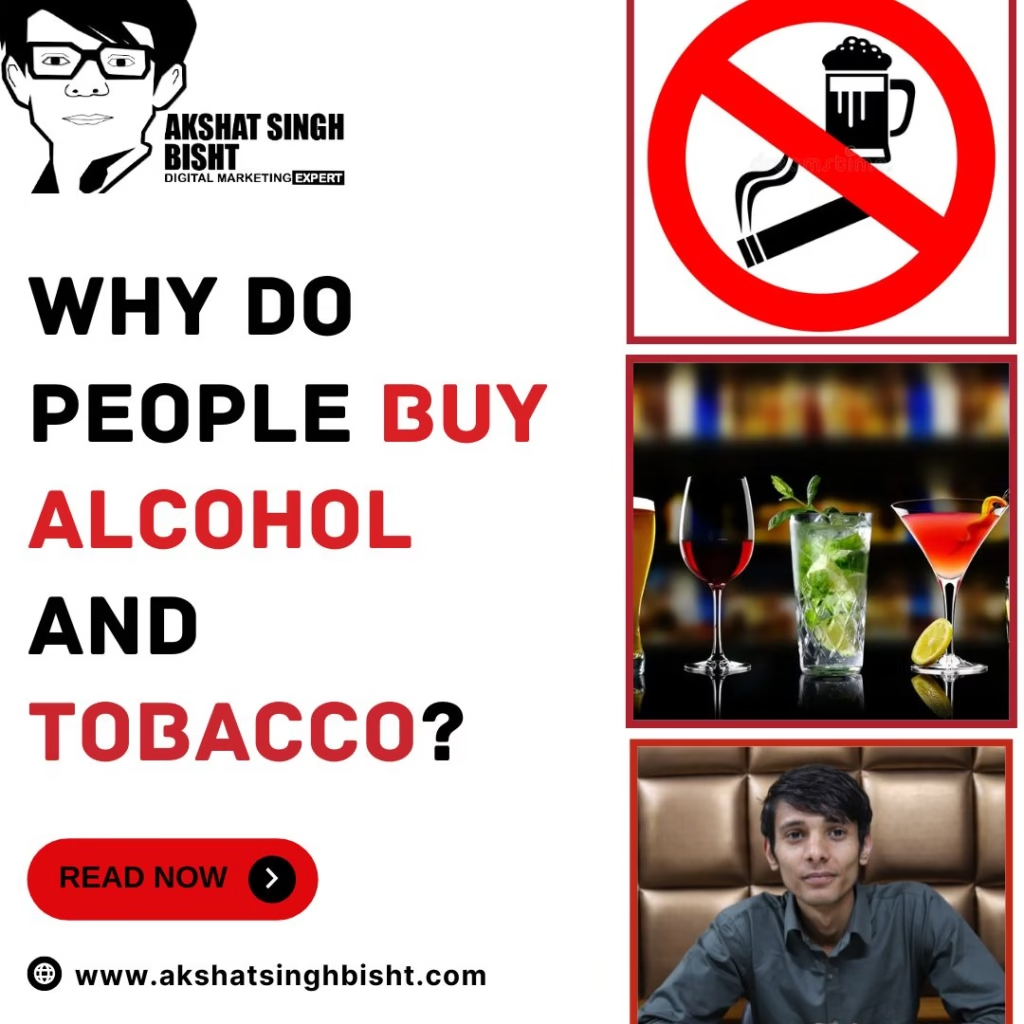Alcohol and tobacco are two of the most widely consumed substances globally, with deep-rooted cultural, social, and psychological underpinnings driving their use. Understanding why people buy alcohol and tobacco requires delving into the science behind addiction, the socio-cultural context, and the psychological factors that influence consumption. This blog explores the multifaceted reasons behind the purchase and use of these substances.

Dopamine Release: Both alcohol and tobacco stimulate the release of dopamine, a neurotransmitter associated with pleasure and reward. This release reinforces the behavior, making users more likely to repeat it.
Nicotinic Acetylcholine Receptors (nAChRs): Nicotine, the addictive substance in tobacco, binds to these receptors, enhancing the release of various neurotransmitters that affect mood and cognition.
Gamma-Aminobutyric Acid (GABA) and Glutamate: Alcohol affects the balance of GABA (an inhibitory neurotransmitter) and glutamate (an excitatory neurotransmitter) in the brain. This balance results in the relaxing and euphoric effects of alcohol consumption.
Understanding why people buy alcohol and tobacco involves a complex interplay of neurochemical, psychological, socio-cultural, economic, and genetic factors. While the immediate effects and social aspects can make these substances appealing, it is crucial to recognize the long-term health risks associated with their use. Addressing these factors through education, support systems, and policy changes can help reduce the prevalence of alcohol and tobacco consumption and mitigate their impact on public health.
Akshat’s passion for marketing and dedication to helping others has been the driving force behind AkshatSinghBisht.com. Known for his insightful perspectives, practical advice, and unwavering commitment to his audience, Akshat is a trusted voice in the marketing community.
If you have any questions simply use the following contact details.